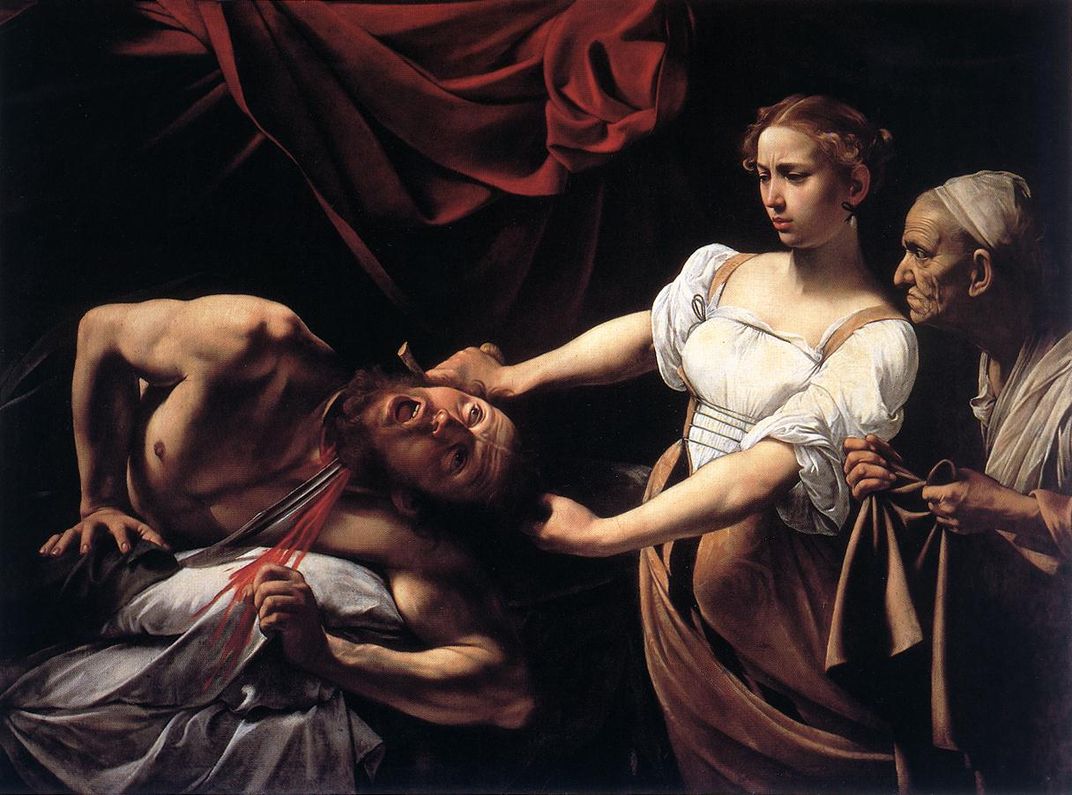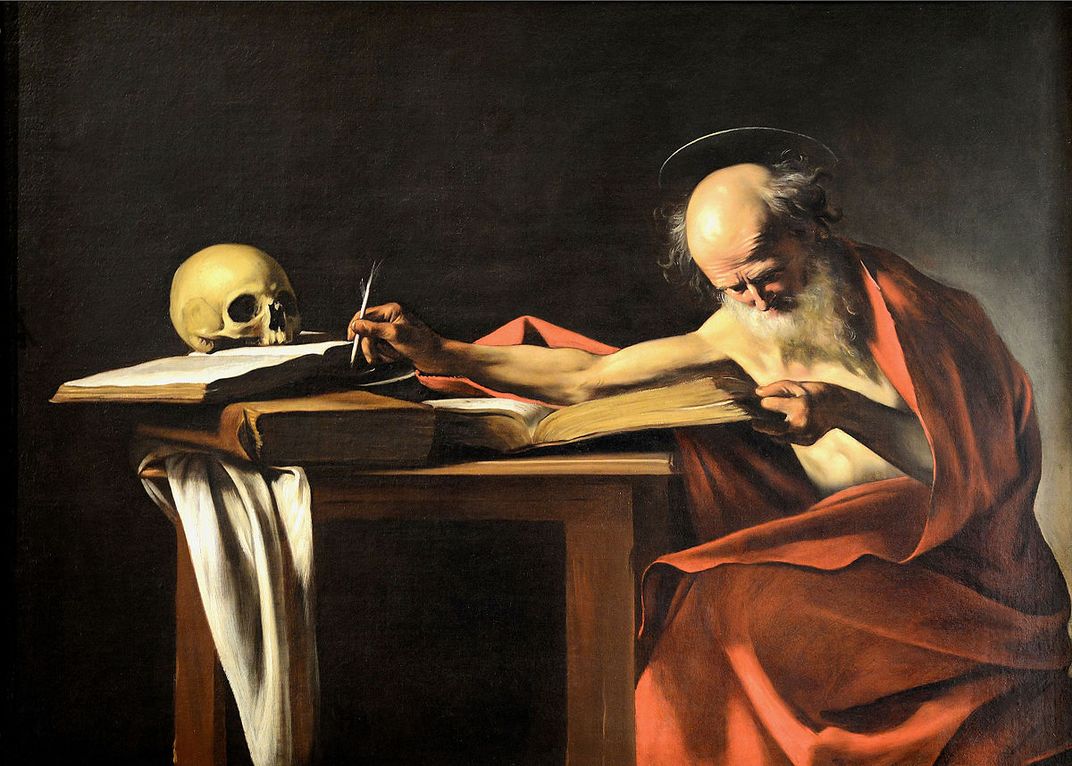Happy 445th Birthday, Caravaggio
The artist’s gory paintings have captivated art lovers for centuries
/https://tf-cmsv2-smithsonianmag-media.s3.amazonaws.com/filer/a3/cf/a3cf0719-a121-40b4-947f-1a057afc8b36/bild-ottavio_leoni_caravaggio.jpg)
Michelangelo Merisi da Caravaggio’s life and career were short, but his dramatically lit paintings and sometimes shocking subjects have captivated lovers of Renaissance art for centuries. When the Italian master died at just 38, his life had been anything but sweet, and many who knew him would probably have been shocked to see how well-known he still is on what would have been his 445th birthday.
While Caravaggio brought new innovations to painting in terms of dramatic lighting and the physical presence of his subjects, he was also a rough customer, to put it lightly. While many artists from the time kept journals and letters that allowed future historians to take a peek into their character and relationships, all Caravaggio left behind were court records from a laundry list of offenses, Sarah Cascone reports for artnet News. The complaints cover everything from fights with waiters over meals to murder convictions for killing a rival (reports vary on whether it was over a game of tennis or a lovers’ quarrel). Needless to say, what records remain indicate he wasn’t too pleasant to be around.
"After a fortnight's work he will swagger about for a month or two with a sword at his side and a servant following him, from one ballcourt to the next, ever ready to engage in a fight or an argument," one acquaintance wrote, Tom Kington reports for The Guardian.

However, it’s undeniable that Caravaggio’s 18-year-long career left an outsized impact on his contemporaries. Like Leonardo da Vinci and Rembrandt, Caravaggio was a master of chiaroscuro, using deep dark colors and striking shadows to make his human subjects pop.
Yet, it wasn’t until relatively recently that art historians widely accepted his influence on Baroque art, Letizia Treves reports for The Art Newspaper. For almost three centuries, his work was dismissed as vulgar and depraved, and many museums (including the National Gallery in London) had to be strongly persuaded to purchase any of his painting.
Throughout the 20th century, curators and historians managed to reframe Caravaggio’s place in the annals of Western art, finally recognizing his impact on the Italian art scene. Meanwhile, his brutal biography and sudden, early death intrigued historians and scientists alike. Back in 2010, researchers studying his bones determined that like other artists including Francisco de Goya and Vincent van Gogh, Caravaggio suffered from lead poisoning likely brought on by the paints he used, Kington reports. Frequent exposure to high levels of lead can bring on all sorts of ill effects, such as depression and changes in personality. Considering that Caravaggio was by all accounts already an unpleasant (if magnetic) person, it doesn’t seem like a large leap to imagine that lead poisoning made his already rough edges worse.
It may have taken Caravaggio centuries to make the short list of Baroque and Renaissance artists, but it seems likely that he would have appreciated it in any case—after he shoved it in his critics’ faces, of course.
Editor's Note: This piece has been updated to correct the date of Caravaggio's birthday and his era of influence. The master is celebrating his 445th birthday. We regret the error.
